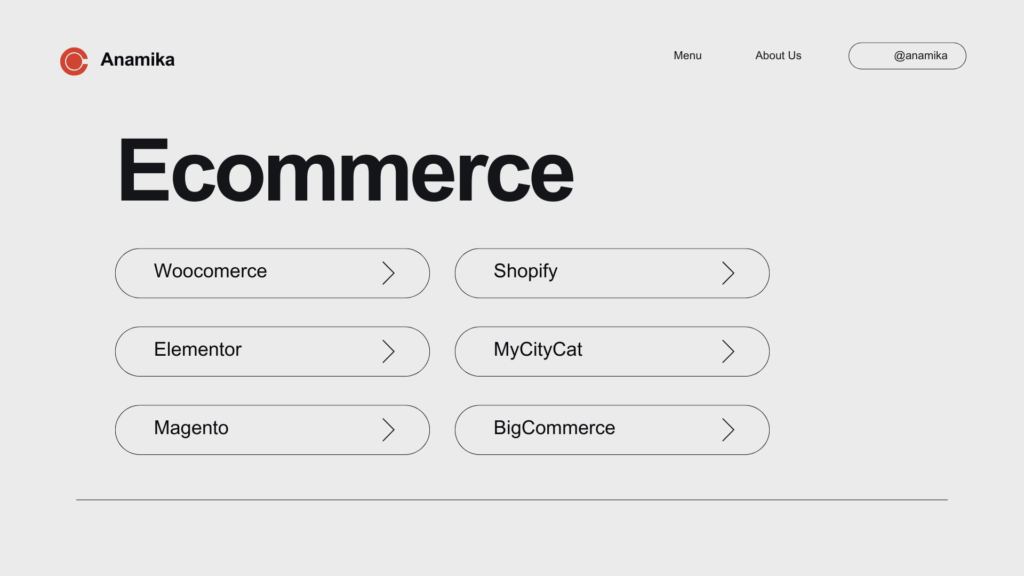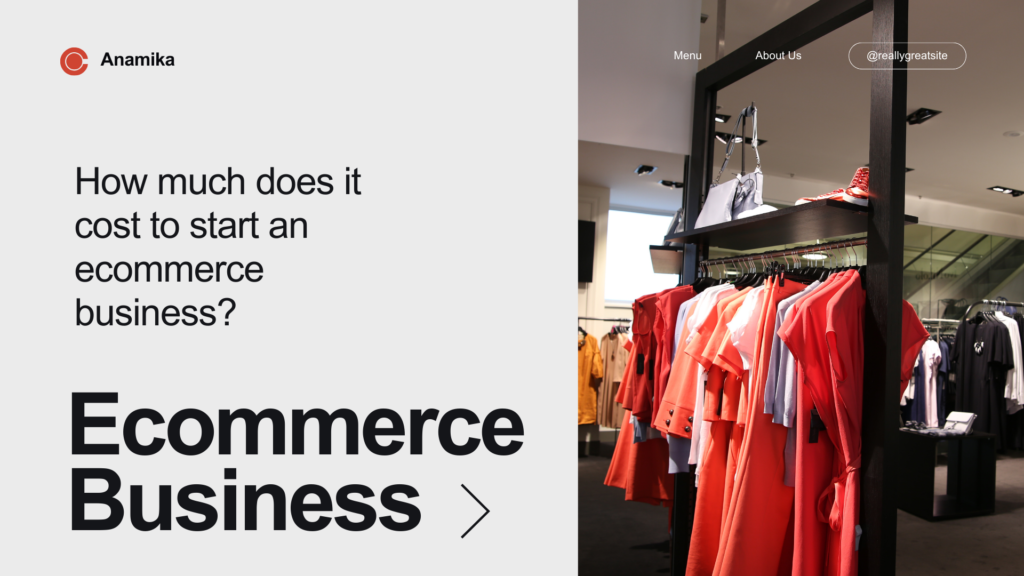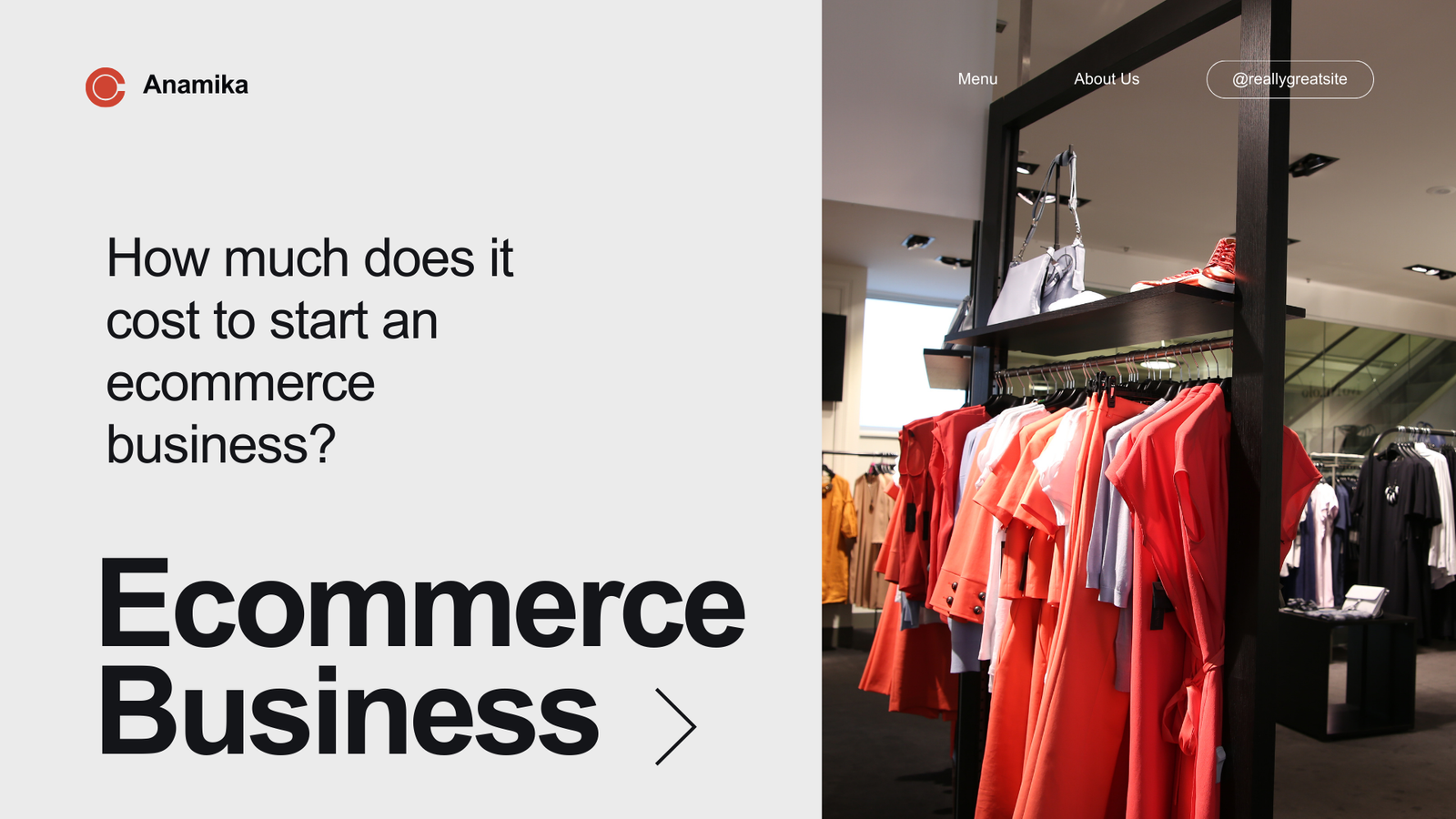Starting an e-commerce business can vary widely in cost, depending on several factors, such as the scale of your business, the products you sell, and the platforms you use. Here’s a breakdown of some common costs you might encounter:

- Domain Name: Your website’s address (e.g., www.yourstore.com). Domain registration typically costs between $1 to $14 per year, depending on the domain name extension (.com, .net, etc.) and your chosen registrar.
- Website Hosting: Hosting is where your website’s files are stored. Costs can range from $3 to $500 per month. Shared hosting (cheaper but slower) is ideal for small businesses, while dedicated hosting (more expensive but faster) is suited for larger businesses with high traffic.
- E-commerce Platform: This is the software that powers your online store.
- Options include:
- Shopify: Starts at $29 per month for basic plans.
- WooCommerce: This is a Free plugin, but you’ll need to pay for hosting, domain, and other extensions.
- BigCommerce: Starts at $29.95 per month.
- Magento: This is Free for the open-source version but can be expensive for hosted plans.
- MyCitycat: This is also a free and open source multivendor platform.
4. Website Design and Development: This includes the cost of designing and developing your website. You can use pre-designed templates, which are cheaper, or hire a professional to create a custom design. Costs range from a few hundred dollars for templates to $500,000 for a fully custom-designed site.
5. Product Sourcing and Inventory: The cost of acquiring the products you’ll sell. This can vary greatly depending on the type and quantity of products. Initial inventory costs can range from RS80,000 to 80,00,000 or more.
6. Payment Gateway Fees: These are fees charged by payment processors (e.g., PayPal, Stripe) for each transaction. Typically, fees are around 2.9% + 40RS approximately per transaction. Some platforms may have different fee structures.
7. Marketing and Advertising: Costs for promoting your store through various channels like social media, search engine advertising (e.g., Google Ads), email marketing, etc. Budgets can range from a few hundred to several thousand dollars per month, depending on your strategy and goals.
8. Shipping and Logistics: Costs associated with delivering products to customers, including shipping supplies, postage, and any third-party logistics providers. Costs depend on product size/weight, shipping methods, and destination.
9 . Legal and Administrative Costs: These include business registration fees, permits, licenses, and legal advice. Costs can range from a few hundred to several thousand dollars.
What are the pros and cons of each e-commerce platform?
Shopify: Starts at $29 per month for basic plans.
Shopify
Pros:
Ease of Use: User-friendly interface, ideal for beginners.
All-in-One Solution: Includes hosting, security, and a variety of built-in tools.
Customer Support: 24/7 support via chat, email, and phone.
App Store: Extensive app store for additional functionalities.
Themes: Beautiful, customizable themes.
Cons:
Cost: Monthly fees plus transaction fees if not using Shopify Payments.
Limited Customization: Less flexibility compared to open-source platforms.
Expensive Add-ons: Some apps and themes can be costly.
Migration: Difficult to migrate away from Shopify.
WooCommerce
Pros:
Cost-Effective: Free to use, with costs mainly for hosting and extensions.
Flexibility: Highly customizable with numerous plugins and themes.
Community Support: Large community and extensive documentation.
SEO-Friendly: Built on WordPress, which is great for SEO.
Scalability: Can handle large stores with proper optimization.
Cons:
Learning Curve: Requires some technical knowledge, especially for complex setups.
Maintenance: Regular updates and maintenance are needed.
Performance: It may require additional optimization for large stores.
Security: Responsibility for security lies with the user.
BigCommerce
Pros:
Comprehensive Features: Extensive built-in features even at entry-level plans.
No Transaction Fees: No additional fees for using third-party payment gateways.
Multi-Storefront: Manage multiple storefronts from a single account.
SEO Tools: Strong SEO features and automatic image optimization.
Support: 24/7 support via live chat, phone, and tickets.
Cons:
Cost: Higher monthly fees compared to some other platforms.
Complexity: Not as beginner-friendly, with a steeper learning curve.
Limited Free Templates: Fewer free themes are available.
Annual Revenue Limits: Plans have annual revenue limits.
Magento (Adobe Commerce)
Pros:
Flexibility: Highly customizable and scalable.
Features: Extensive built-in features and functionality.
SEO: Advanced SEO capabilities.
Community: Large community

poster made by Anamika

